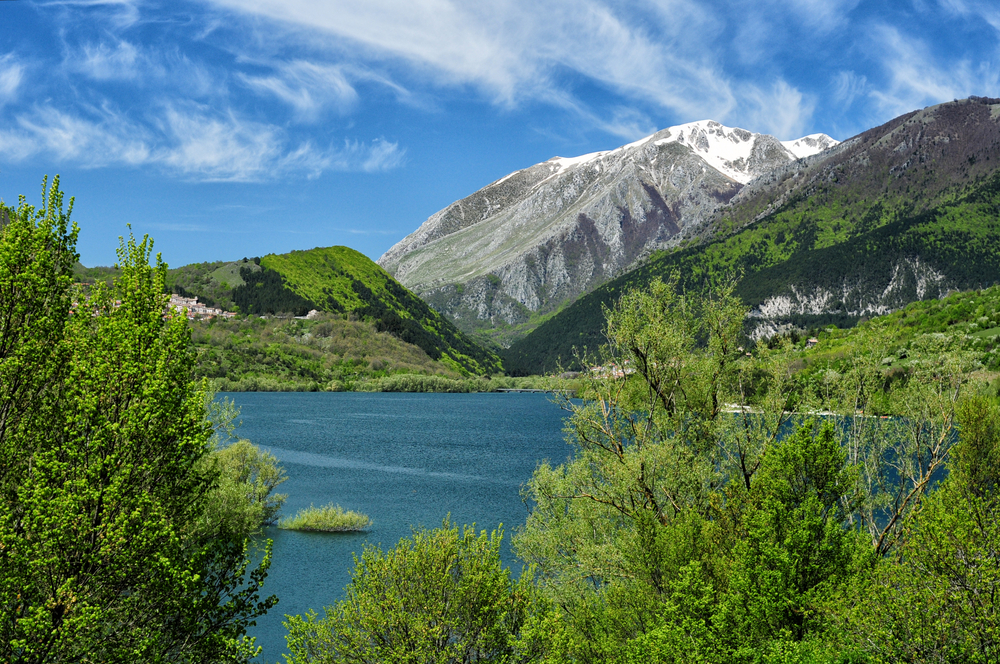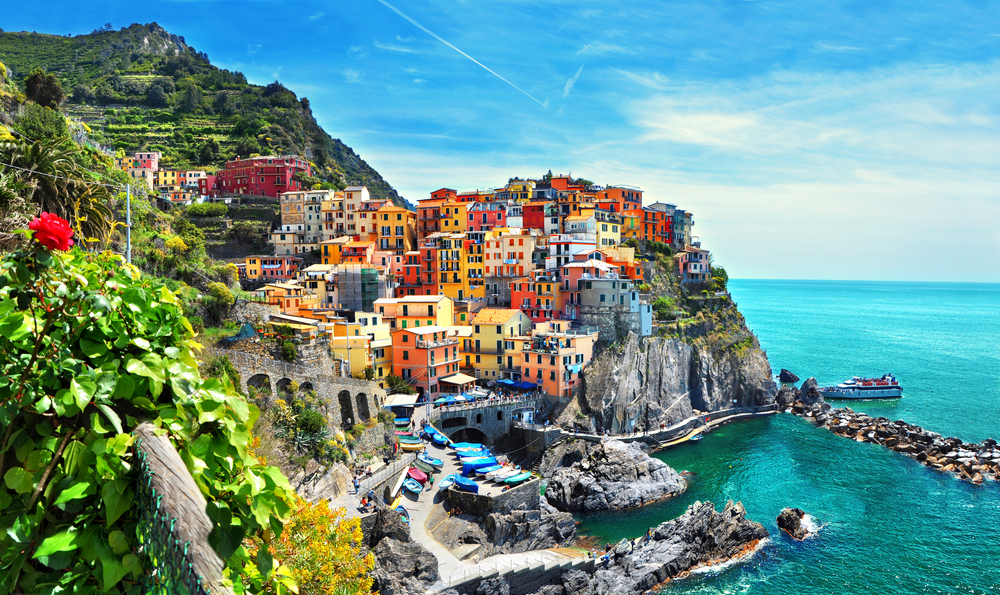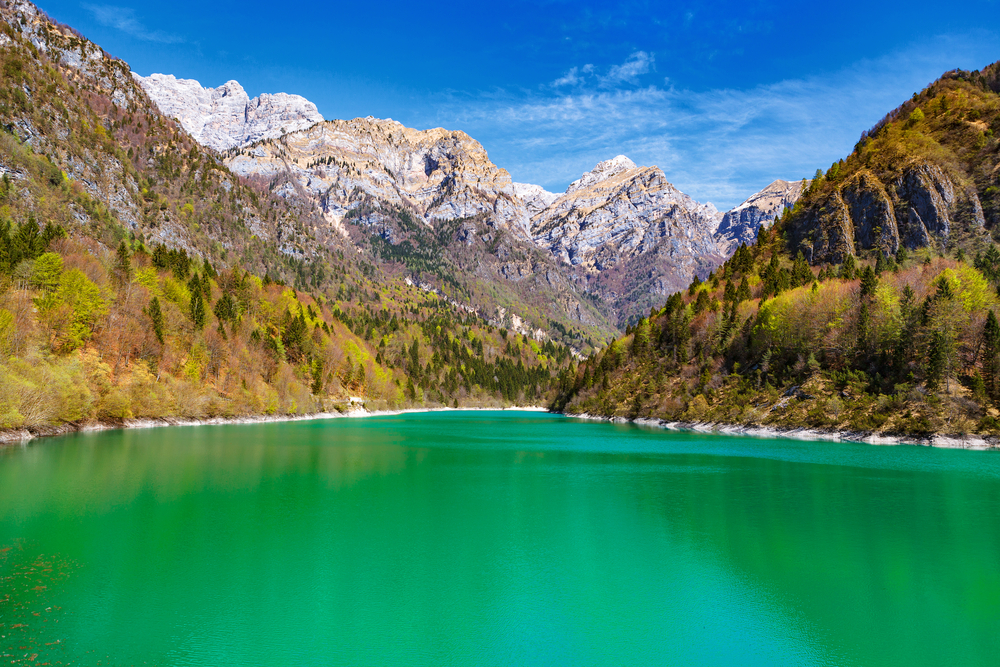Appennino Lucano Val d’Agri Lagonegrese Overview
Appennino Lucano Val d’Agri Lagonegrese National Park, known in Italian as Parco Nazionale dell’Appennino Lucano Val d’Agri Lagonegrese, is a protected area located in the Basilicata region of southern Italy.
Covering approximately 579 square miles (1,500 square kilometers), the park extends across the provinces of Potenza and Matera, encompassing a diverse range of landscapes, from rugged mountains to rolling hills and deep valleys. Situated within the Apennine mountain range, it represents one of Italy’s lesser-known yet ecologically rich national parks, offering visitors an unspoiled environment teeming with natural beauty and wildlife.
The terrain of the park is characterized by dramatic mountain ridges, forested valleys, and meandering rivers. The Val d’Agri, a prominent valley within the park, is shaped by the Agri River, which winds through the landscape, creating a patchwork of wetlands and fertile plains.
The Lucanian Apennines dominate the region, with peaks such as Monte Volturino (1,836 meters) and Monte Sirino (2,005 meters) providing striking backdrops. These mountains are blanketed with dense forests of beech, oak, and fir, while lower elevations feature Mediterranean vegetation, including juniper and holm oak.
The park is also home to several waterfalls, such as Cascate di San Fele, which add to its natural allure. The presence of karst formations, caves, and underground springs further enhances the park’s geological diversity.
Wildlife thrives in the varied ecosystems of the park, with several key species making this region their home. The Italian wolf (Canis lupus italicus), a symbol of conservation success in Italy, roams the forests alongside wild boars, red deer, and Apennine hares. The park also shelters European otters, an indicator of the health of its waterways.
Birdwatchers can spot a wide variety of raptors, including golden eagles, peregrine falcons, and Eurasian eagle-owls. The region’s mixed habitats also attract woodpeckers, hoopoes, and numerous migratory species that pass through the park during seasonal shifts.
Among the most notable attractions of the park is Lago di Pietra del Pertusillo, a picturesque artificial lake nestled among forested hills. This reservoir, fed by the Agri River, is a popular spot for birdwatching, fishing, and photography.
The historic villages scattered throughout the park, such as Grumento Nova, provide cultural enrichment with their medieval architecture and archaeological sites, including the ancient ruins of Grumentum, a Roman settlement that offers a glimpse into Italy’s deep historical roots. The Madonna di Viggiano Sanctuary, a revered pilgrimage site, also lies within the park, drawing visitors seeking both spiritual and scenic experiences.
Visitors can explore the park through an extensive network of hiking and biking trails that traverse mountain passes, forests, and river valleys. The Monte Sirino ski area offers winter sports enthusiasts a chance to experience snow-covered landscapes, while guided wildlife tours provide opportunities to observe the park’s rich biodiversity. The park’s rivers and lakes support activities such as kayaking and fishing, making it a year-round destination for nature lovers.
Despite its ecological significance, the park faces conservation challenges, including habitat fragmentation, illegal poaching, and the impact of human activities such as hydrocarbon extraction in the Val d’Agri area.
However, successful conservation initiatives, including habitat restoration and the protection of key species such as the Italian wolf, highlight ongoing efforts to preserve this natural haven. Sustainable tourism initiatives aim to balance environmental conservation with community development, ensuring that the park remains a refuge for wildlife and a treasure for future generations.














































































